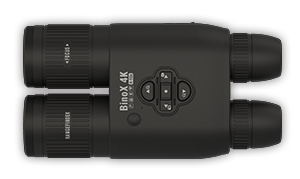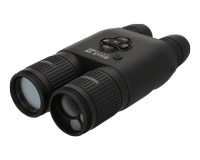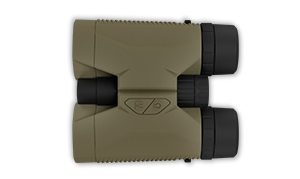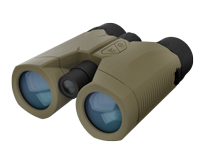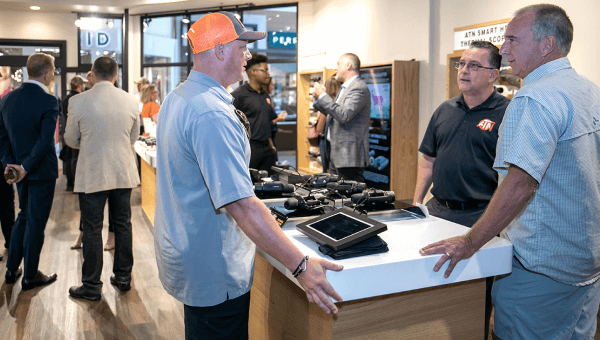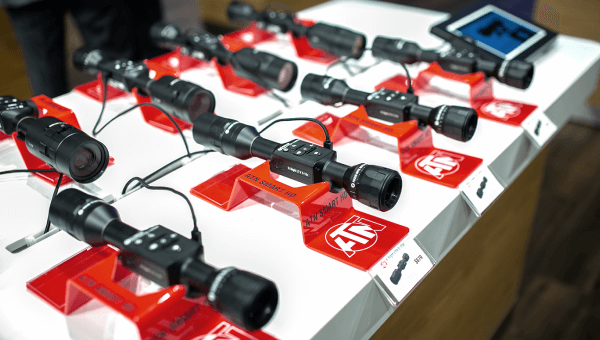In today's technologically advanced era, our ability to explore and engage with the world around us is no longer limited to daylight hours. Night vision technology, particularly night vision binoculars, has broken down the barriers posed by darkness, opening up a whole new realm of possibilities for observation, exploration, and discovery. Whether you're a wildlife enthusiast, a security professional, an avid camper, or a photographer, these innovative devices can redefine your nighttime experiences. But what exactly are night vision binoculars, what can they be used for, and how do they work? Let's delve into these fascinating devices to answer these questions.
What are Night Vision Binoculars?
Night vision binoculars are revolutionary devices that have completely transformed the way we perceive our surroundings in low-light conditions. These specialized devices utilize advanced technology to amplify available light, enabling users to see in near-total darkness. Compared to goggles, night vision binoculars offer a more comfortable viewing experience with the advantage of depth perception.
What Can a Night Vision Device Be Used for?
Night vision binoculars are incredibly versatile, being of value across numerous fields and applications. These devices are ideal for wildlife observation, enabling enthusiasts to study nocturnal animals in their natural habitats without disturbing their routines. Moreover, they're indispensable for security and surveillance operations, providing a clear vision of potential threats under the cover of darkness. Outdoor enthusiasts, such as campers and hikers, also find these devices incredibly useful when navigating trails after sunset. Even photographers use night vision binoculars with cameras to capture the elusive beauty of the night in stunning detail.
How Does Night Vision Work?
The magic of night vision lies in its intricate technology. Traditional night vision devices amplify the existing light – such as moonlight or starlight - by passing it through a photocathode tube that transforms photons into electrons. These electrons are then multiplied and hurled onto a phosphor screen, creating an image. Digital night vision binoculars, on the other hand, work slightly differently. They employ an electronic sensor to capture the ambient light, converting it into a digital signal. This signal is then processed and projected on a screen within the device, offering a clear, bright image regardless of the lighting conditions.
A more recent innovation is day and night vision binoculars, providing high-quality vision around the clock. By utilizing both traditional and digital technologies, these binoculars offer unparalleled clarity and magnification, day or night. While the distance these devices can cover varies depending on their specifications and the amount of ambient light, some high-end models can enable users to see several hundred meters away in complete darkness.
When choosing a night vision device, it's important to consider its affordability, versatility, and technological capabilities to ensure it meets your specific needs. With the right pair of binoculars, the night becomes less of an obstacle and more of an opportunity to explore and discover.
